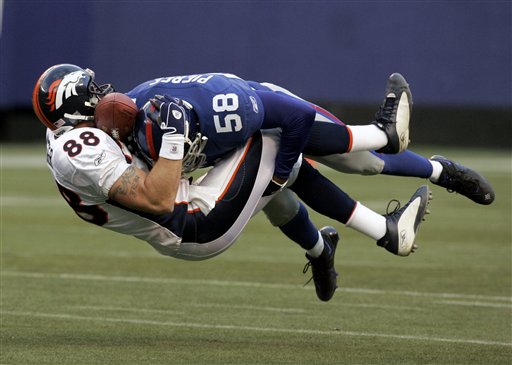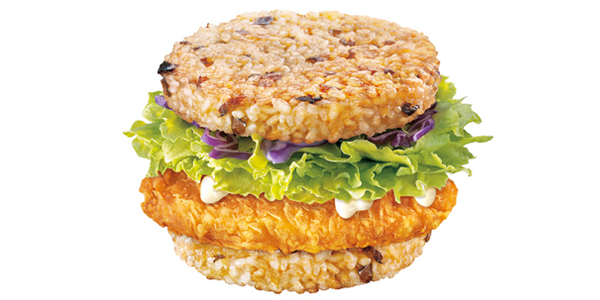The History Of High Heels
January 27, 2013 in Daily Bulletin

There’s no reason why men couldn’t start wearing high heels (again) writes William Kremer in his history of high heels. Highlights from the article include:
- High heels originally became popular around the 1500s when Persian members of the cavalry wore them.
- If it seems like high heels aren’t designed for day to day activities like walking it’s because they weren’t. They came in handy in the military where archers could use them to balance in the stirrups on their horses to stabilize themselves and aim their bows at the enemy.
- Europe then had a wave of interest in all things Persian and soon European men started sporting high heels as well.
- King Louis XIV of France is famous for his high-heeled shoe collection. He was likely fond of them in part because of the valuable inches in height they added to his short stature.
- In the 1630s women began to adopt the fashion of men, and thus started wearing high heels as well.
- During the Enlightenment function was elevated over style, and men traded in their high heels for flats. 50 years later women followed them.
- The heel came back into fashion during the 1800s when pornographers started photographing their models with them. This is why high heels have erotic connotations to this day.
The entire history is fascinating, extremely well written, and goes into much more detail. You should read it here.
Source: BBC



![zara2[1]](http://www.Centives.net/S/wp-content/uploads/2013/01/zara21.png)



![0609-burgers-with-fries[1]](http://www.Centives.net/S/wp-content/uploads/2013/01/0609-burgers-with-fries1.jpg)
![open-book-on-top-of-pile-of-books1[1]](http://www.Centives.net/S/wp-content/uploads/2013/01/open-book-on-top-of-pile-of-books11.jpg)
Join the Discussion! (No Signup Required)